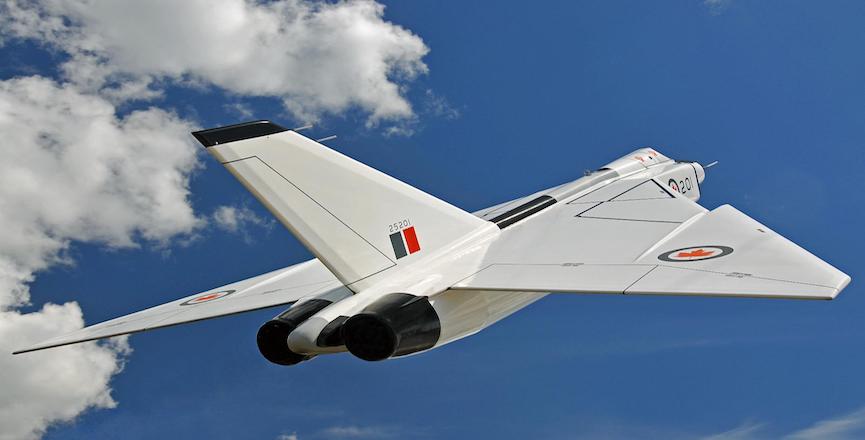Why do we build monuments to war rather than to its absence?
I wondered about this when reading about a recent tussle in the nation’s capital over the location for yet another celebration of people killing each other.
Last month, the Canadian War Museum (CWM) complained to the National Capital Commission about the planned site of the National Memorial to Canada’s Mission in Afghanistan. The government wants to put the Afghan Memorial between Vimy Place Road and the museum to the west of Parliament Hill. But the CWM believes the Afghan monument will “detract from the architectural vision” of the museum. They are also concerned people might think the memorial is part of their institution, which could undermine CWM’s goal of being seen as a “centre of scholarly excellence” rather than simply a hub of militarist propaganda.
Whoa Nelly, those horses left the barn long ago! The scope of pro-war propaganda in this country is huge and CWM has long been part of it.
Each year, tens of millions of dollars in public money is spent on war memorials. The Afghan Memorial is just the latest addition to Ottawa’s long list of war shrines, which includes the Korean War Monument, National War Memorial, National Victoria Cross Memorial, Veterans Memorial Highway, National Aboriginal Veterans Monument, Boer War Memorial, and more. The federal government spends tens of millions of dollars on these and the more than 7,500 memorials registered with Veterans Affairs’ National Inventory of Military Memorials across the country.
These odes to militarism are generally silent about the Libyans, Afghans, Serbians, Iraqis, Koreans, Germans, South Africans, Sudanese, etc. killed by Canadian Forces. They focus almost exclusively on “our” side, which reinforces a sense that Canada’s cause is righteous. But, Canadian soldiers have only fought in one morally justifiable war: World War II.
Part war memorial and part veteran commemoration, the War Museum re-opened in 2005. The $136 million institution includes the Royal Canadian Legion Hall of Honour and is designed for light to shine on the headstone of the Unknown Soldier at 11 a.m. on Remembrance Day. In Imagined Communities: Reflections on the Origin and Spread of Nationalism, Benedict Anderson writes: “tombs of Unknown Soldiers… saturated with ghostly national imaginings.”
With $65 million a year in mostly public funds, CWM says it “helps tell the story of Canada’s military history to Canadians through its collections, its research, its exhibitions, and its public and education programs.” Its re-launch was highly successful, and 500,000 visitors a year have passed through the new museum, which dates to 1880 when the Canadian militia began displaying military artefacts and archival materials. A 55,000 square foot building, CWM houses a large collection of war art and Canadian Forces Artists Program works. The museum also has an arrangement with the Department of National Defence to showcase obsolete military equipment, and CWM supports the Legion’s Lest We Forget Project, which introduces students to World War I and II archives. Top weapons makers have also co-sponsored exhibits and speakers series at the museum.
CWM regularly partners with the more than 60 Canadian Forces (CF) museums across the country. According to a Canadian Forces Administrative Order, “the role of CF Museums is to preserve and interpret Canadian military heritage in order to increase the sense of identity and esprit de corps within the CF and to support the goals of the Department of National Defence.”
While it presents itself as scholarly, CWM has caved to military extremists. After shaping its development, the Legion objected to a small part of a multifaceted WWII exhibit, which questioned “the efficacy and the morality of the … massive bombing of Germany’s industrial and civilian targets.” The campaign led to a new display that glossed over a bombing campaign explicitly designed to destroy German cities.
The war shrines’ battle over space in Ottawa offers a glimpse into the ever-growing world of militarist memorials. But, these monuments and museums are only a small part of a vast military propaganda system.
With the largest PR machine in the country, the Canadian Forces promotes its worldview through a history department, university, journals, book publishers, think tanks, academic programs and hundreds of public relations officers. Every year hundreds of millions of dollars in public money is spent promoting the Canadian Forces and militarism.
Maybe it is time for a Ministry of Peace with a budget big enough to properly celebrate those glorious times in human history when we lived together in harmony.
Image: Dennis Jarvis/flickr
Like this article? Please chip in to keep stories like these coming.





